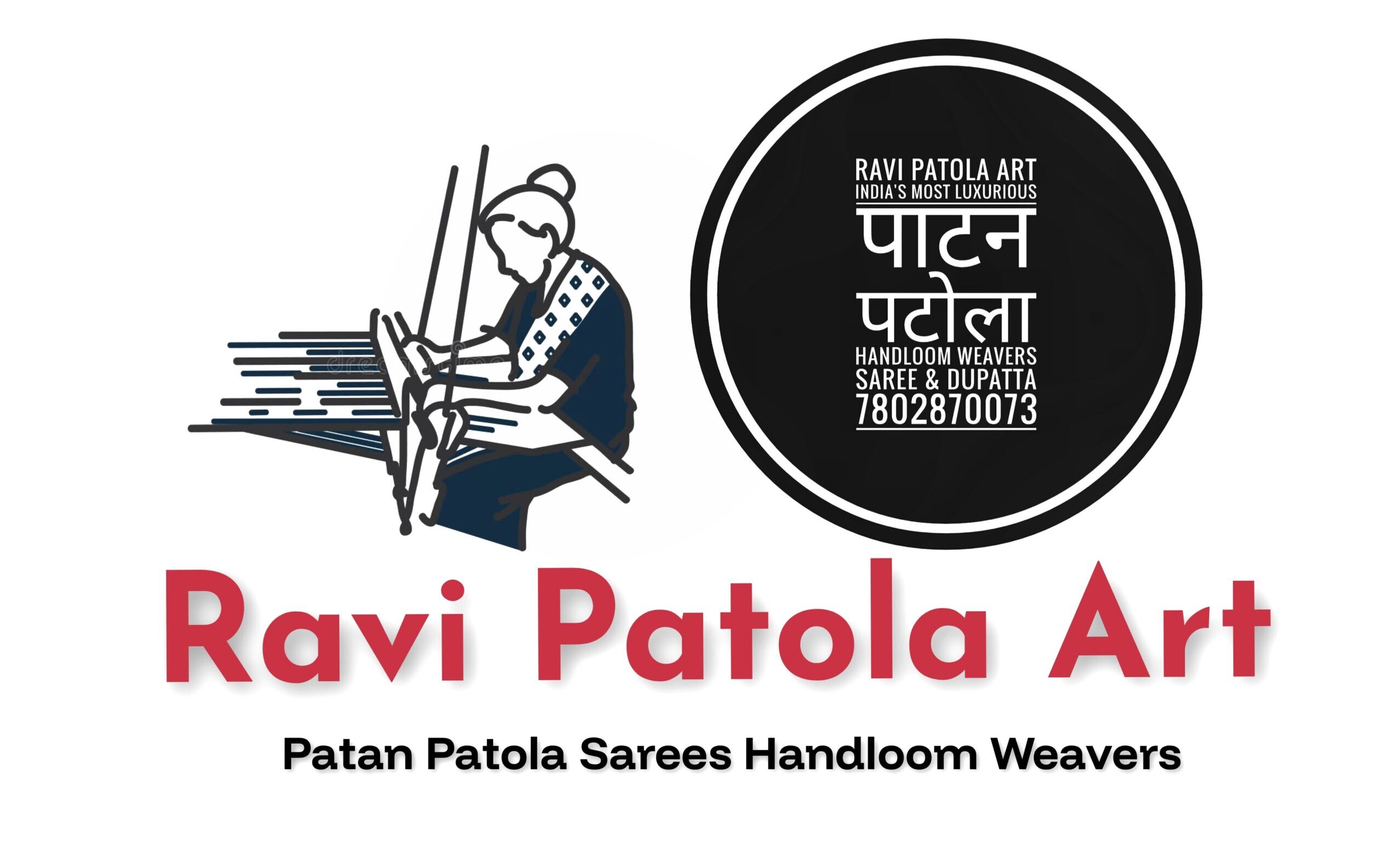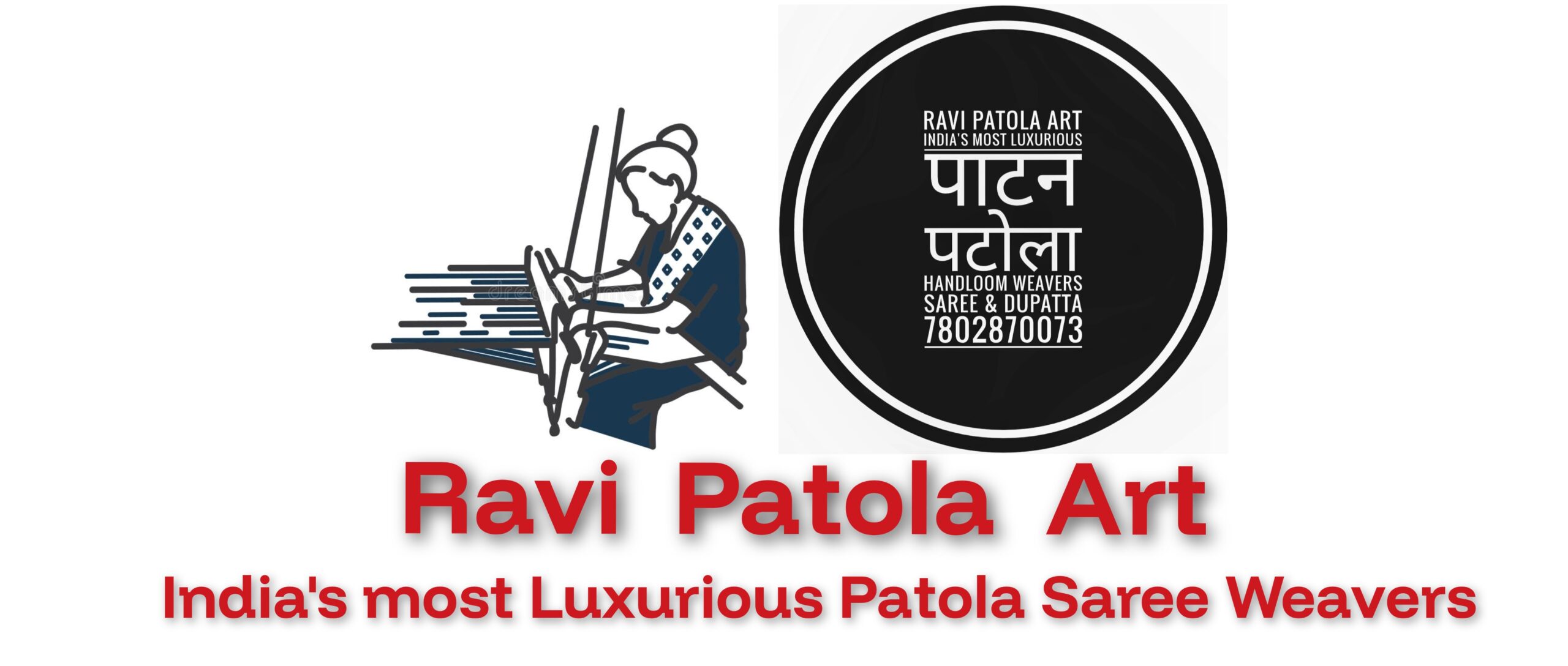Building upon the foundational insights outlined in How Vintage Photography Changed Visual Storytelling, it becomes evident that vintage photography’s techniques and aesthetics continue to shape the way stories are visually constructed today. Modern creators harness and reinterpret vintage styles, blending historical visual cues with contemporary technologies to craft compelling narratives that resonate deeply with audiences.
1. Revisiting Vintage Photography: A Foundation for Modern Narratives
a. Overview of vintage photography’s storytelling techniques and aesthetics
Vintage photography is characterized by distinct techniques such as high contrast, grainy textures, soft focus, and deliberate composition choices. These elements create a nostalgic atmosphere that invites viewers to connect emotionally with the subject matter. For example, the use of film grain and subdued color palettes in 1950s family portraits fostered an intimate, timeless feel that modern creators now emulate to evoke authenticity.
b. How early photographic styles influenced viewer perception and emotional engagement
Early photographic styles, such as sepia toning and vignette framing, conditioned audiences to associate certain visual cues with sincerity and sentimentality. Research indicates that viewers tend to trust images with vintage aesthetics more readily, perceiving them as more genuine. This perception has led brands and storytellers to adopt vintage styles to deepen emotional engagement and build trust.
c. The enduring appeal of vintage visuals in contemporary storytelling
The nostalgic power of vintage visuals sustains their popularity in modern narratives. Campaigns for heritage brands, social media aesthetics, and art projects frequently incorporate vintage elements to tap into collective memories and cultural identities. This cyclical appeal demonstrates how vintage photography remains a vital storytelling tool across diverse media.
2. The Aesthetic Language of Vintage Photography and Its Modern Resonance
a. Analysis of vintage photographic qualities—grain, contrast, composition—and their emotional impact
Vintage images often feature a textured grain that adds depth and tactile quality, fostering a sense of authenticity. The contrast levels typical of analog film—rich blacks and muted highlights—enhance mood and focus. Composition techniques, such as centered framing and natural lighting, further evoke warmth and familiarity. These qualities collectively stimulate emotional responses rooted in nostalgia and trust.
b. How modern creators adapt vintage aesthetics to evoke nostalgia and authenticity
Contemporary artists utilize digital tools—such as filters, overlays, and AI-driven effects—to mimic vintage textures while maintaining high-resolution clarity. For example, fashion brands often apply subtle grain and faded color palettes to their campaigns to evoke a sense of history and craftsmanship, thereby fostering a perception of authenticity that appeals to today’s discerning audiences.
c. The role of vintage visual cues in shaping contemporary visual language
Vintage cues—like sepia tones, vignettes, and distressed textures—are now integral to modern visual vocabularies. They serve as signifiers of authenticity, tradition, or emotional depth, enabling creators to communicate complex narratives succinctly. As these cues become part of a shared visual language, they help differentiate content in crowded digital spaces.
3. Vintage Photography as a Tool for Authenticity and Credibility in Digital Narratives
a. The importance of authenticity in modern storytelling and how vintage images contribute
Authenticity has become a cornerstone of effective storytelling, especially in the digital age where audiences crave genuine connections. Vintage images, with their inherent imperfections and historical connotations, serve as powerful symbols of sincerity. They help brands and creators establish a credible narrative foundation, fostering trust and emotional resonance.
b. Case studies of brands and creators employing vintage styles to foster trust
Consider brands like Levi’s or Coca-Cola, which often incorporate vintage aesthetics in their campaigns to emphasize heritage and quality. For instance, Levi’s vintage lookbooks leverage worn-in textures and retro typography to evoke a long-standing tradition, reinforcing consumer trust. Similarly, independent creators on platforms like Instagram employ filters that emulate old film to add authenticity to personal storytelling.
c. The psychological effects of vintage visuals on modern audiences
Research shows that vintage visuals can trigger nostalgia, activating emotional centers in the brain and fostering a sense of familiarity and comfort. This psychological response enhances audience engagement and brand loyalty, especially when combined with compelling narratives that reflect shared cultural memories.
4. Reimagining Vintage Techniques in New Media and Technologies
a. Transition from analog to digital: preserving vintage styles through modern tools
Digital editing software like Adobe Photoshop and Lightroom, along with mobile apps, enable creators to replicate vintage effects with precision. Techniques such as adding film grain, adjusting contrast, and applying color washes are now easily accessible, allowing for seamless integration of vintage aesthetics into contemporary visuals.
b. Use of AI and filters to emulate vintage effects while maintaining narrative coherence
Artificial intelligence-driven filters, such as those offered by platforms like Instagram or TikTok, can automatically apply vintage styles that adapt to the content’s context. For example, AI can analyze scene lighting and suggest appropriate retro filters, ensuring visual coherence while enhancing storytelling depth.
c. Interactive and immersive storytelling integrating vintage visual elements
Emerging technologies like augmented reality (AR) and virtual reality (VR) incorporate vintage aesthetics to craft immersive experiences. Museums and cultural institutions, for instance, create virtual tours with vintage-inspired visuals, allowing audiences to explore history interactively while maintaining an authentic atmosphere.
5. Ethical and Cultural Dimensions of Vintage Photography in Contemporary Narratives
a. Addressing cultural sensitivity and representation in vintage-inspired storytelling
While vintage aesthetics evoke nostalgia, modern creators bear responsibility for respectful representation. This involves critically assessing historical images and narratives to avoid perpetuating stereotypes or misrepresentations. For example, reusing vintage imagery of marginalized groups requires contextual sensitivity and, where necessary, reinterpretation to promote inclusivity.
b. The responsibility of modern creators when using vintage images and styles
Creators must balance aesthetic appeal with cultural awareness, ensuring that vintage-inspired content does not reinforce harmful biases. Ethical practices include transparent sourcing, contextual framing, and actively challenging stereotypes embedded in original images or styles.
c. How vintage aesthetics can challenge or reinforce stereotypes and historical narratives
Vintage visuals have the potential to either challenge outdated stereotypes—by recontextualizing or critiquing them—or inadvertently reinforce them if used uncritically. Thoughtful engagement with the historical context of vintage imagery enhances its capacity to foster critical dialogue and cultural understanding.
6. The Role of Vintage Photography in Current Visual Storytelling Trends
a. Vintage-inspired minimalism, maximalism, and mixed media approaches
Contemporary trends leverage vintage aesthetics across diverse styles. Minimalist campaigns might use subtle grain and muted tones, while maximalist designs incorporate layered textures and retro patterns. Mixed media projects combine vintage photographs with digital illustrations, creating dynamic narratives that appeal to varied audiences.
b. The resurgence of retro-themed campaigns and their storytelling impact
Brands often revive retro themes to evoke authenticity and connect with cultural memory. For example, fashion labels reintroduce 70s-inspired visuals to tap into current nostalgia, which enhances emotional storytelling and brand loyalty.
c. How vintage visuals help differentiate modern narratives in a saturated digital space
In a landscape flooded with polished, hyper-modern visuals, vintage aesthetics serve as a visual differentiator. They provide a sense of timelessness and uniqueness, helping brands and creators stand out while conveying deeper narrative layers rooted in history and authenticity.
7. Future Perspectives: Evolving the Impact of Vintage Photography on Visual Narratives
a. Emerging technologies and their potential to further integrate vintage styles
Advancements in AI, machine learning, and real-time rendering promise even more sophisticated emulation of vintage effects. Interactive platforms could dynamically adapt vintage aesthetics to user preferences, creating personalized storytelling experiences that blend the old with the new seamlessly.
b. Anticipated shifts in audience preferences and storytelling strategies
As audiences increasingly seek authenticity and emotional depth, the integration of vintage aesthetics is expected to intensify. Storytelling strategies will likely focus on narrative richness, leveraging vintage visuals to evoke nostalgia while addressing contemporary themes.
c. The ongoing dialogue between historical aesthetics and innovative storytelling methods
The future will see an ongoing dialogue where vintage aesthetics inspire innovative formats—such as interactive documentaries, VR experiences, and AI-generated stories—thus continuously enriching the landscape of visual storytelling.
8. Connecting Back to the Parent Theme: How Vintage Photography Continues to Shape Modern Visual Storytelling
a. Reflection on the foundational influence outlined in the parent article
The parent article emphasized that vintage photography revolutionized visual storytelling by introducing techniques that evoke emotion and authenticity. Today, this influence persists, as creators continually adapt vintage cues to new contexts and technologies, ensuring their relevance.
b. How current applications and innovations build upon vintage techniques
Modern applications like AI filters, immersive experiences, and cross-media campaigns expand vintage techniques beyond traditional photography, creating multifaceted narratives. For example, archival footage revitalized through digital filters now forms the backbone of storytelling in documentaries and art projects.
c. The cyclical nature of visual storytelling evolution driven by vintage aesthetics
As history repeats itself in the visual arts, vintage aesthetics serve both as a nostalgic reference and a springboard for innovation. This cyclical process ensures that the core principles of emotional engagement and authenticity, established by early photographic pioneers, continue to influence and inspire contemporary storytelling techniques.



